Tin(II) chloride

Tin(II) chloride structure
|
Common Name | Tin(II) chloride | ||
|---|---|---|---|---|
| CAS Number | 7772-99-8 | Molecular Weight | 189.616 | |
| Density | 3.95 | Boiling Point | 652ºC | |
| Molecular Formula | Cl2Sn | Melting Point | 246-624ºC | |
| MSDS | Chinese USA | Flash Point | 652ºC | |
| Symbol |




GHS05, GHS07, GHS08, GHS09 |
Signal Word | Danger | |
| Name | tin dichloride (anh.) |
|---|---|
| Synonym | More Synonyms |
| Density | 3.95 |
|---|---|
| Boiling Point | 652ºC |
| Melting Point | 246-624ºC |
| Molecular Formula | Cl2Sn |
| Molecular Weight | 189.616 |
| Flash Point | 652ºC |
| Exact Mass | 189.839905 |
| LogP | 0.99820 |
| Storage condition | Store at RT. |
| Stability | Stable, but moisture sensitive. Incompatible with strong bases, strong oxidizing agents, reactive metals, hydrogen peroxide, water. |
| Water Solubility | H2O: soluble |
CHEMICAL IDENTIFICATION
HEALTH HAZARD DATAACUTE TOXICITY DATA
MUTATION DATA
|
| Symbol |




GHS05, GHS07, GHS08, GHS09 |
|---|---|
| Signal Word | Danger |
| Hazard Statements | H314-H317-H332-H335-H341-H361-H373-H410 |
| Precautionary Statements | P260-P280-P303 + P361 + P353-P304 + P340 + P310-P305 + P351 + P338 |
| Target Organs | Cardio-vascular system |
| Personal Protective Equipment | Eyeshields;Faceshields;full-face particle respirator type N100 (US);Gloves;respirator cartridge type N100 (US);type P1 (EN143) respirator filter;type P3 (EN 143) respirator cartridges |
| Hazard Codes | C:Corrosive |
| Risk Phrases | R22;R34 |
| Safety Phrases | S26-S36/37/39-S45 |
| RIDADR | UN 3260 8/PG 3 |
| WGK Germany | 1 |
| RTECS | XP8700000 |
| Packaging Group | II |
| Hazard Class | 8 |
| HS Code | 2827399000 |
|
~% 
Tin(II) chloride CAS#:7772-99-8 |
| Literature: Journal of Chemical Physics, , vol. 91, # 5 p. 2834 - 2839 |
|
~% 
Tin(II) chloride CAS#:7772-99-8 |
| Literature: Journal of Chemical Physics, , vol. 91, # 5 p. 2834 - 2839 |
| Precursor 3 | |
|---|---|
| DownStream 10 | |
| HS Code | 2827399000 |
|---|
|
Negligible degradation upon in situ voltage cycling of a PEMFC using an electrospun niobium-doped tin oxide supported Pt cathode.
Phys. Chem. Chem. Phys. 17 , 16970-6, (2015) Novel platinum-catalysed, corrosion-resistant, loose-tube-structured electrocatalysts for proton exchange membrane fuel cells have been obtained using single-needle electrospinning associated with a m... |
|
|
Degradation of N,N-diethyl-m-toluamid (DEET) on lead dioxide electrodes in different environmental aqueous matrixes.
J. Environ. Sci. Health. A. Tox. Hazard. Subst. Environ. Eng. 50 , 931-40, (2015) This study investigates the electrochemical degradation of N,N-diethyl-m-toluamide (DEET) on PbO2 and Bi-PbO2 anodes. The difference in electrode crystalline structure was responsible for the better D... |
|
|
The construction and testing of the portable Hg(2+) ultrasonic calibrator for the control of mercury speciation systems.
Talanta 147 , 28-34, (2015) During fuel combustion mercury, as Hg(0) and Hg(2+) forms, is emitted to the atmosphere. Effective reduction of mercury emission requires applying speciation systems for emission control and research.... |
| Tin(II) chloride (1:2) |
| Dichloro-λ-stannane |
| Stannane, dichloro- |
| stannous chloride |
| EINECS 231-868-0 |
| MFCD00011241 |
| Tin(II) chloride |
| tin dichloride |

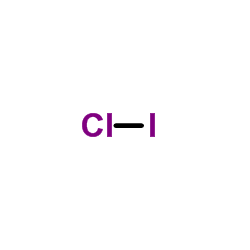


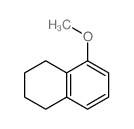 CAS#:1008-19-1
CAS#:1008-19-1 CAS#:527-62-8
CAS#:527-62-8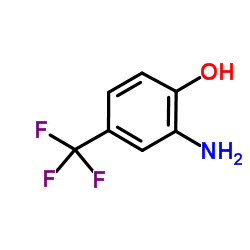 CAS#:454-81-9
CAS#:454-81-9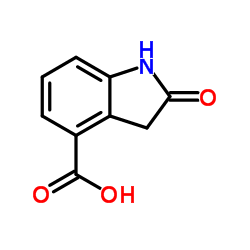 CAS#:90322-37-5
CAS#:90322-37-5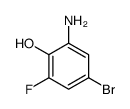 CAS#:182499-89-4
CAS#:182499-89-4![5-AMINO-BENZO[DE]ISOCHROMENE-1,3-DIONE structure](https://image.chemsrc.com/caspic/408/23204-38-8.png) CAS#:23204-38-8
CAS#:23204-38-8![3-amino-4,5-dihydro-1H-benzo[b]azepin-2(3H)-one structure](https://image.chemsrc.com/caspic/362/86499-35-6.png) CAS#:86499-35-6
CAS#:86499-35-6 CAS#:79406-57-8
CAS#:79406-57-8 CAS#:55586-26-0
CAS#:55586-26-0 CAS#:72534-45-3
CAS#:72534-45-3
